We'll start with a couple of essential verb constructions then work our way up from toe to top in a quest to ensure we have at least what it takes to tell a skirt (kjol) from a shirt (skjorta).
Let's get it on
Traditionally first thing in the morning, after a shower and five mugs of tarry coffee, Swedes like nothing more than to get dressed (att klä på sig). Then when they go to bed, much like people anywhere really, they get undressed (att klä av sig). To fit right in, you should probably consider doing the same.
It's also useful to know this informal word for a garment: ett plagg.
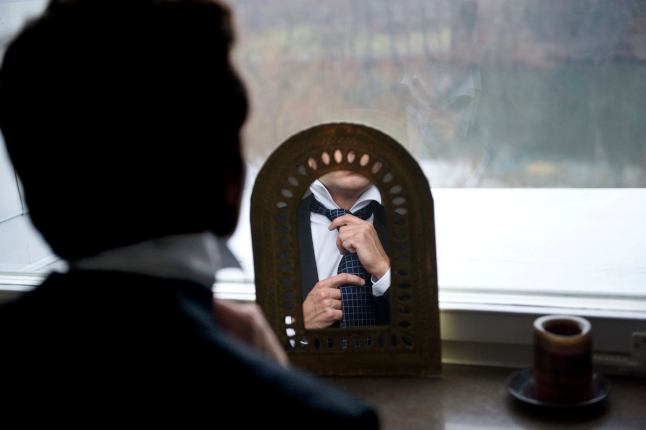
The Swedish word for tie is 'slips'. Photo: Henrik Montgomery/TT
Feet first
Items of clothing suitable for feet include socks (strumpor), tights (strumpbyxor, or tights if you're feeling lazy), shoes (skor) with laces (skosnören), sneakers (gympaskor), boots (stövlar, kängor), Wellington boots (gummistövlar), high heels (högklackade skor).
When the streets are icy it might even be worth getting spikes (broddar) attached. In the summer we can eschew the footwear and go barefoot (barfota), or throw on a pair of flip-flops (badskor… or flip-flop).
You'll also get bonus points for knowing the most common term for Crocs (foppatofflor – Peter-'Foppa'-Forsberg-slippers). The legendary ice hockey player imported them to the Swedish market after they helped him get through a foot injury.
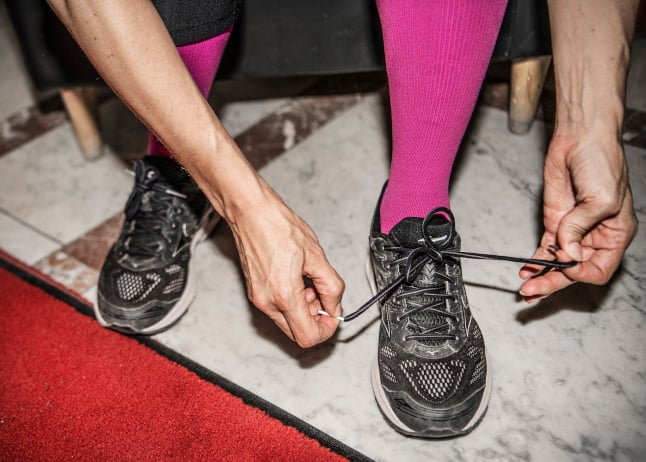
To put on one's shoes – 'Att ta på sig skorna'. Photo: Tomas Oneborg/SvD/TT
Leg it
You can cover your precious pins with trousers (byxor), shorts (the same word but pronounced like you're hocking up spit, or kortbyxor), a dress (klänning), miniskirt (minikjol or kortkort, literally short-short). Your suit trousers (kostymbyxor), leather trousers (läderbyxor) or jeans (jeans) will probably come equipped with a zipper (blixtlås) or buttons (knappar).
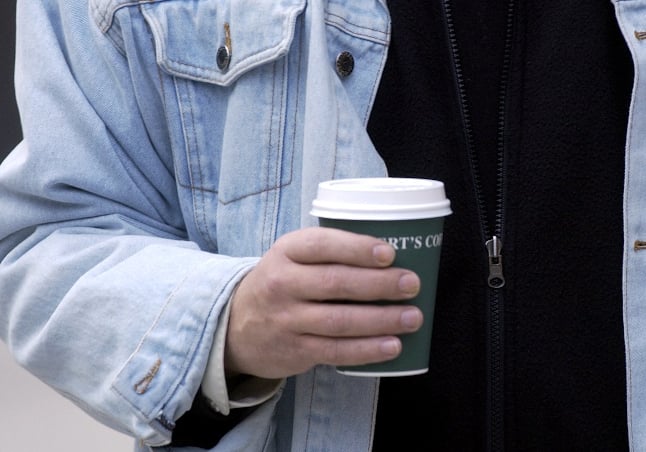
A denim jacket is a 'jeansjacka'. Photo: Gunnar Lundmark/SvD/TT
Under the layers
Come to think of it, before putting on your trousers it's probably a good idea to pull on some underwear (underkläder). We could be talking gentlemen's underpants (kalsonger, often called kallingar), panties (trosor), or a bra (bh or behå, which are both short for bysthållare, literally 'bust holder').
Torso coverage
If you support the right to bare arms, start with a t-shirt (t-tröja, or, you guessed it, t-shirt), a short-sleeved blouse (kortärmad blus) or a tank top (linne). If your tank top is made of linen you could amuse (annoy) everybody by insisting on calling it your linnelinne.
If it's cold outside then a sweater (tröja) might be in order, or a hoodie (luvtröja), or maybe even a woolly jumper (ylletröja). If you want to look smart, sport a blazer (kavaj). When it's really getting cold throw on a coat (generally rock, överrock for men, kappa for women).
For fancier affairs, you could chance a tuxedo (smoking – yep, just en smoking) or a ball gown (balklänning).
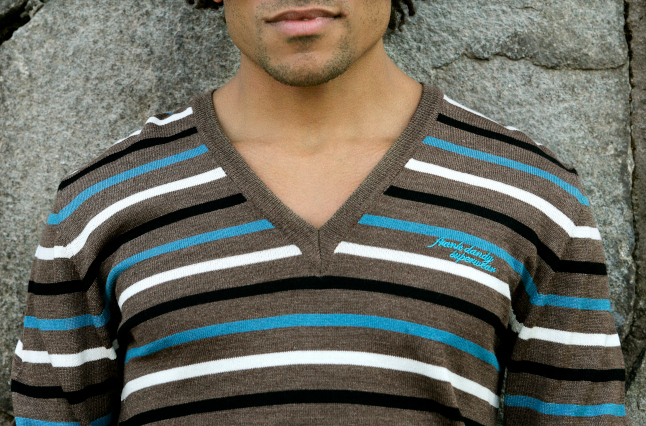
A striped sweater, or in Swedish, 'en randig tröja'. Photo: Kerstin Carlsson/TT
Atop your crown, and other extremities
Sweden gets cold. This is a fact. A woolly hat (mössa) is a must. As are gloves (handskar) or mittens (vantar), and a scarf (halsduk).
When the so-called winter half-year (vinterhalvåret) ends, why not celebrate with a hat (hatt), a cap (keps), or a beret (basker).
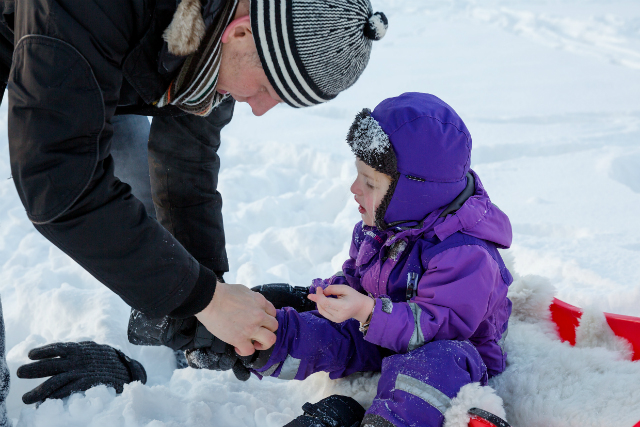
Winter, when Sweden is awash with kids in 'overaller'. Photo: Carolina Romare/imagebank.sweden.se
Recycled clothes
Now that we've got the wardrobe filled, let's look at how the Swedish language recycles words from the textile industry and forms new and exciting things with them.
Skitstövel: If you think somebody's a boor you could say they're a poop boot. There are words for this in English that generally end with hole and head.
Strumprullare: This one's purely for football enthusiasts. A “sock roller” is usually used to describe the kind of shot where a player miskicks the ball but is lucky enough to shin it into the goal.
Byxmyndig: This is kind of a strange one. It literally means that someone has come of age trouser-wise. In other words they've reached the age of sexual consent, which is 15 in Sweden.
Offerkofta: This a pejorative term, bandied around a lot these days, to describe someone who routinely plays the victim.
Axla någons mantel: Literally 'to shoulder someone's cape', this means to fill someone's shoes, in the sense of taking on their responsibilities.
Toffel: A toffel is a slipper, but the word is also used to describe a henpecked husband.
Velourpappa: This is a term that emerged in the 1970s when stretch velvet, or velour, was a popular fabric for unisex garments. A 'velour dad' displayed a soft masculinity and shared childcare and household chores. The fact you don't hear the phrase so much any more is indicative of the fact that the phenomenon it describes no longer seems so alien.
Det finns inget dåligt väder, bara dåliga kläder: We've got this phrase in our autumn list as well. Designed to irritate and educate in equal measure, it means: there's no such thing as bad weather, just bad clothes.
Throw it all together to achieve that perfect look
Here are a few sentences to memorise when you want to show off your new words. They make some assumptions about the kind of person you are, but please don't take offence.
Jag är väldigt modeintresserad. Igår shoppade jag verkligen loss, jag tillbringade typ tre timmar i omklädningsrummet och nu har jag en helt ny garderob. Dock är jag helt pank nu. Vad finns det för jobb i modebranschen?
I really love fashion. Yesterday I did an awful lot of shopping, I spent like three hours in the changing room and now I have a completely new wardrobe. But I'm totally broke now. What kind of jobs are there in the fashion industry?

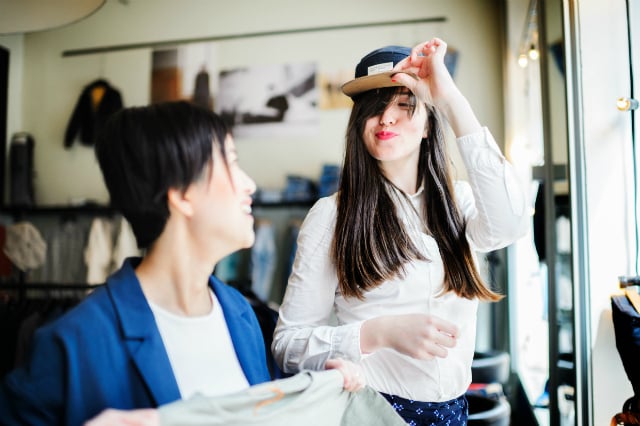
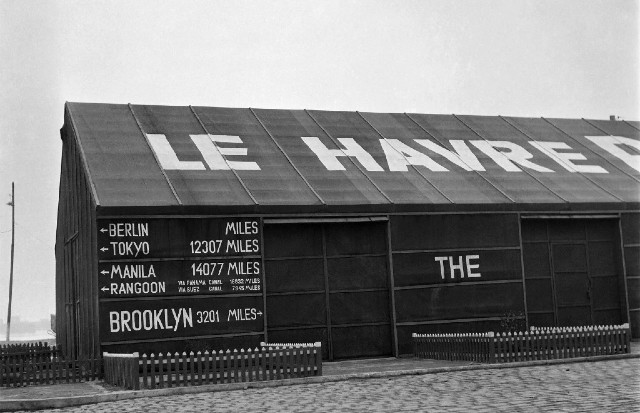
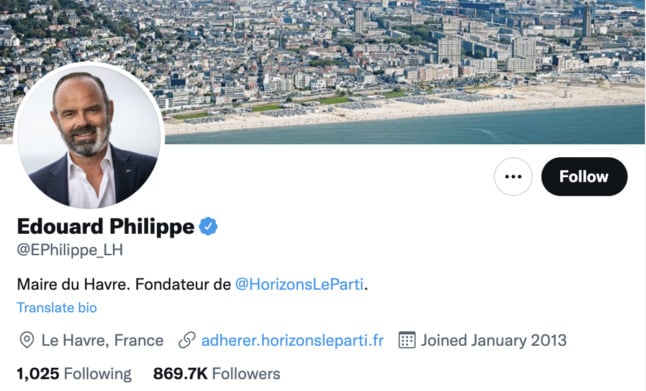
 Please whitelist us to continue reading.
Please whitelist us to continue reading.
Member comments